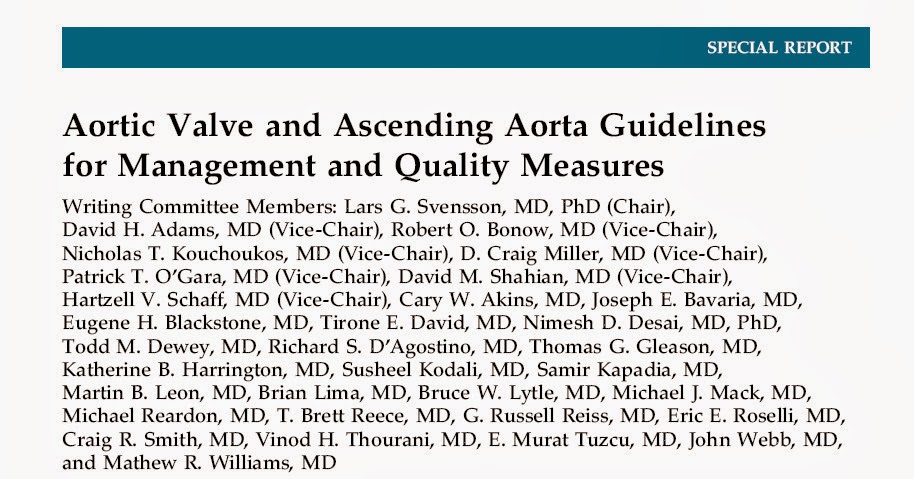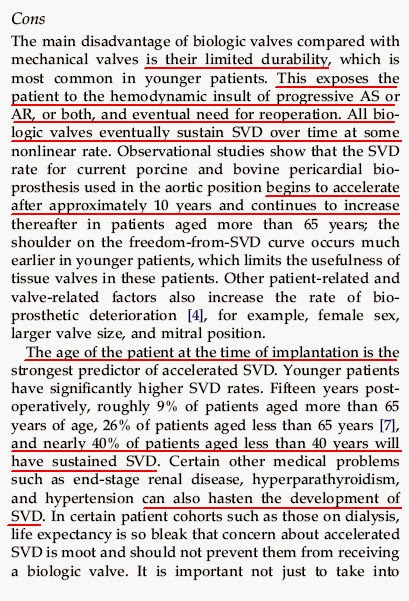More information from a study of high intensity strength training workouts.
Since aneurysms and dissections are closely related, I thought I would post this article.
Full article dissemination -
Via Health Central
Intense Weight Lifting Linked to Fatal Heart Trouble
It can lead to a tear in the heart's major artery, doctors say.
By Kathleen Doheny,
HealthDay Reporter
December 2, 2003
High-intensity strength training may lead to a potentially deadly condition
called aortic dissection, in which the heart's major artery tears.
That's the conclusion of new research by a team of Yale University experts
that appears in the Dec. 3 issue of the Journal of the American Medical
Association.
"Dissection happens in a split second," says Dr. John Elefteriades, chief of
cardiothoracic surgery at Yale University and Yale-New Haven Hospital and
the lead author of the report, which is contained in a letter to the
journal.
In those who lift weights and already have an enlarged aorta, the elevated
blood pressure that occurs during weight training may lead to the
dissection, Elefteriades says.
Using a Yale database, Elefteriades and his colleagues identified five
people who suffered acute dissection of the aorta during high-intensity
weight training or other strenuous exercise.
At the moment the dissection occurred, two of the people were weight
training, one was trying to move a heavy granite structure, and two were
doing pushups, the researchers say.
All were found to have an enlarged aorta, but not at a level expected to
present a high risk of dissection, Elefteriades says.
Three patients who had surgical repair survived; the other two died before
surgery could be attempted.
The condition of aortic dissection is "uncommon but not rare," says
Elefteriades, adding that it is what killed actor John Ritter earlier this
year and has been declared the cause of death of many athletes who died
suddenly.
Aortic dissection strikes about two of every 10,000 people, according to the
National Institutes of Health.
While it can affect anyone, it's most often seen in men ages 40 to 70, the
NIH says.
"We're not saying stop weight training," says Elefteriades, a long-time
weight trainer himself.
"It's a wonderful activity and a very important activity."
It can help maintain
muscle mass as you age, for instance, and help maintain strength for
everyday chores such as carrying groceries.
But Elefteriades does recommend caution in certain people, including those
with known aortic aneurysms, a widening or ballooning of the vessel caused
by disease or a weakening of the vessel wall.
Also, those with a family history of aneurysm or dissection, underlying high
blood pressure, and those at or beyond middle age should be cautious, he
says, because the aorta stiffens with age.
Those with connective tissue disease, such as rheumatoid arthritis, are also
at higher risk, he says.
"I think there has to be this underlying enlargement [of the aorta] before
the dissection happens," Elefteriades says.
"But we wanted to sound this warning bell that strength training and weight
lifting can cause these dissections in people who already have a mild
enlargement of the aorta," he adds.
The problem, Elefteriades says, is that many people with an enlargement
don't know they have it.
An echocardiogram, an ultrasound evaluation of the heart, can determine
whether the aorta is enlarged, he says.
When dissection of the aorta occurs, "the aorta splits into two layers,"
Elefteriades says.
"It splits in such a way that it becomes a double-barreled tube instead of a
single-barreled one."
You can quickly lose blood internally and die.
Until more research is done, what should weight lifters who may be at risk
do?
Avoid weight training so strenuous that your blood pressure rises
excessively, Elefteriades says.
"We do know that levels of blood pressure that are high are dangerous," he
says.
Serious weight trainers, who often bench press 300 or 400 pounds, may get
blood pressures that are dangerously elevated, even up to 370 millimeters of
mercury systolic, he says.
Normal systolic pressure, measured as the heart beats, is below 120; normal
diastolic pressure, measured as the heart rests between beats, is below 80,
Elefteriades says.
While it's difficult to pinpoint how much weight is too much, Elefteriades
suggests that for upper body weight training, "above half your body weight
you are starting to get into the high pressure zone.
For the lower body, the legs are stronger, so you could probably lift more
than half your body weight [safely]."
Serious weight trainers should consider having an echocardiogram, he says.
The other take-home advice from the report is very obvious for weight
lifters or would-be weight lifters, says Dr. Craig Miller, the Doelger
Professor of Cardiovascular Surgery at Stanford University Medical School.
"If they have dilation or aneurysm of the thoracic aorta or a connective
tissue disorder or a family history of premature aortic catastrophic
complications, do not weight lift," Miller says.






